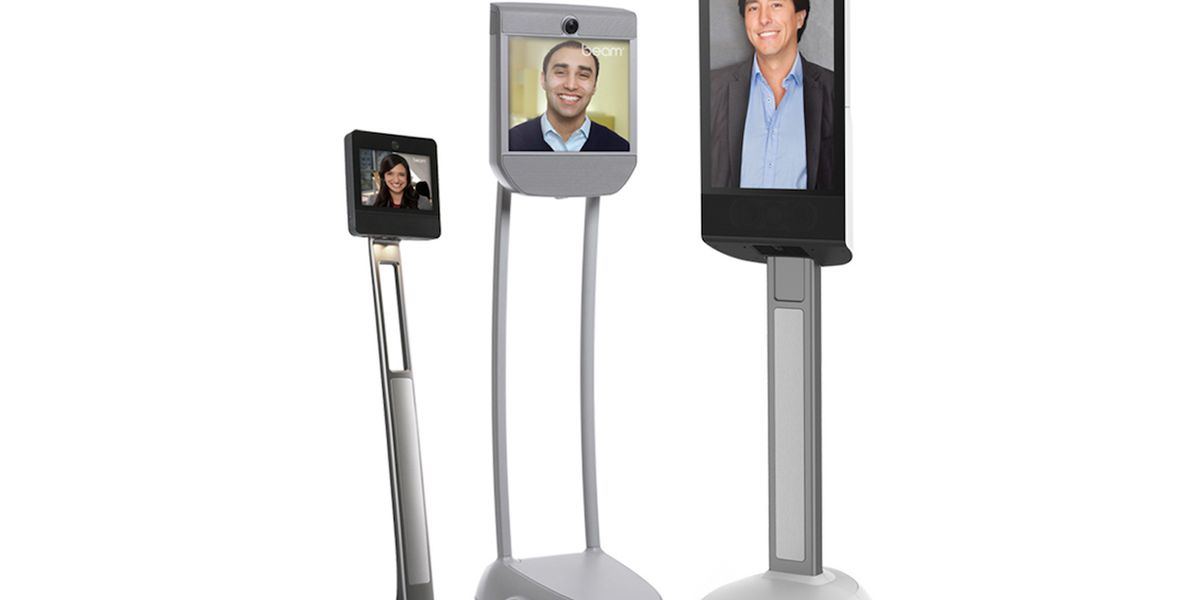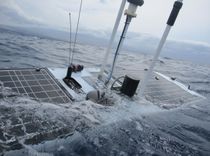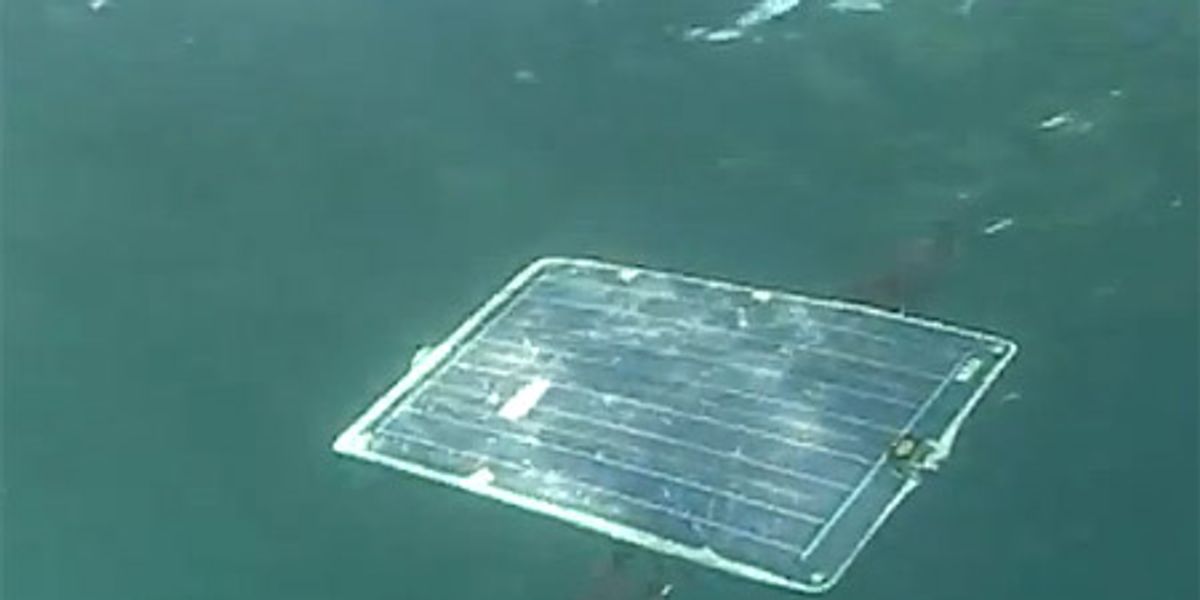Saildrone
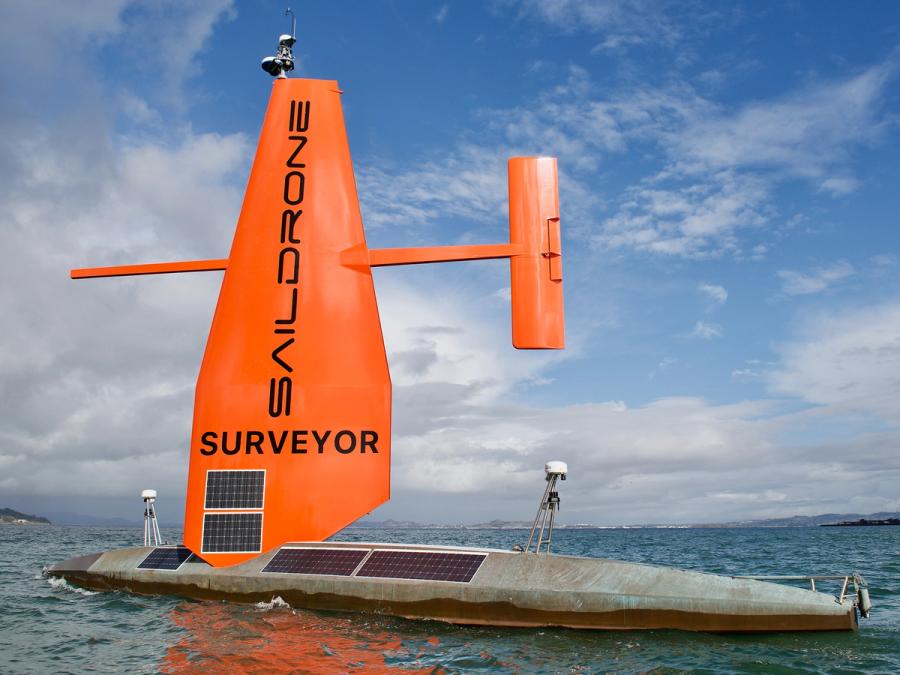
Saildrone designs, builds, and operates three classes of uncrewed surface vehicles (USVs) capable of providing year-round ocean intelligence. Each USV class is designed for a specific task: Explorer for ocean data collection, Voyager for maritime security, and Surveyor for deep-water ocean mapping.
- Creator
- Year
- 2015
- Country
- United States 🇺🇸
- Categories
- Features
Did you know?
Saildrone vehicles have sailed in every ocean on Earth.

History
Saildrone was founded by Richard Jenkins, who spent 10 years developing wind-powered vehicles in an effort to break the land speed record. After achieving that goal in 2009—in Nevada, with a speed of 126.2 mph—Jenkins decided to apply his wind-related technologies to uncrewed vehicles capable of collecting ocean data. Saildrone vehicles have now sailed in every ocean on Earth. In 2019, Saildrone completed the first autonomous circumnavigation of Antarctica, collecting critical data about air/sea carbon exchange along the way.
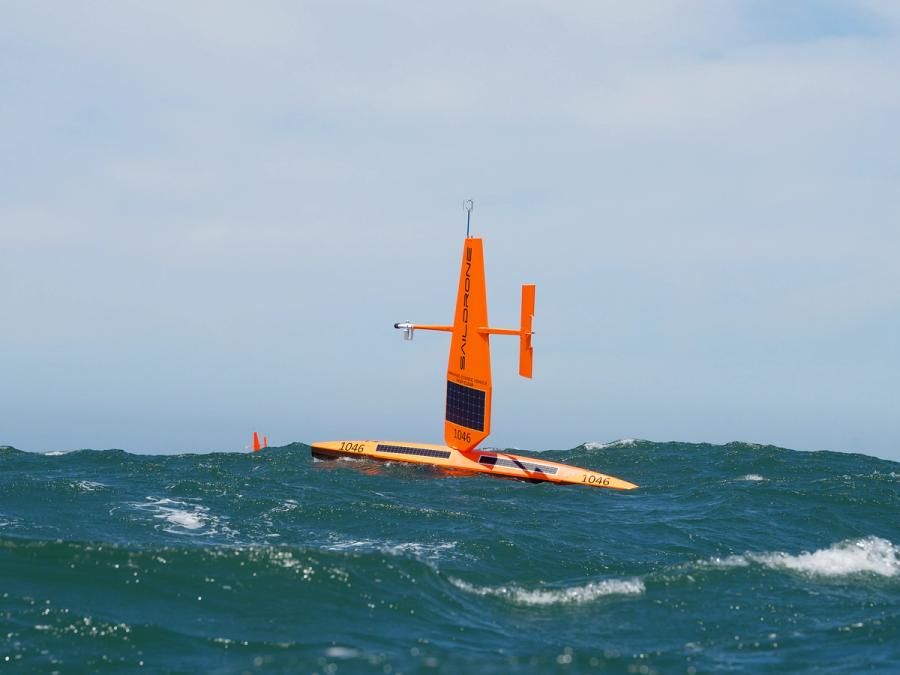
Specs
- Overview
Powered by renewable wind and solar energy. Vehicles operate 24/7/365 without the need for a crewed support. As of 2022, vehicles have sailed 1,000,000+ nautical miles and spent 25,000+ days at sea. Able to withstand the harshest ocean conditions on the planet. Missions include climate data gathering, fish and marine mammals tracking and surveys, hurricane monitoring, mapping, satellite calibration, and more.
- Status
Ongoing
- Year
2015
- Website
- Width
- 70 cm
- Height
- 650 cm
- Length
- 700 cm
- Weight
- 700 kg
- Speed
- 4 km/h
- Sensors
Explorer: Gill Windmaster 3D Ultrasonic 20 Hz, Rotronic HC2 - S3 with rad shield, Vaisala Barocap PTB210, LI-COR LI-192SA, Seabird SBE 37, Wetlabs ECO-FL-S G4, Heitronics CT 15.10, NOAA PMEL ASVCO2 (pCO2), Teledyne RDI Workhorse ADCP 300 kHz, Simrad WBT Mini (EK80), Airmar DT800, Teledyne Echotrac E20, Simrad WBT Mini.
- Materials
Fiberglass with carbon composite structural features.
- Power
Primarily wind (propulsion) and solar (sensors, nav, and comms). The Voyager and Surveyor also have a high-efficiency diesel generator and propeller to provide additional power for light-wind/low-solar conditions.
- Cost
- Data services for sale

